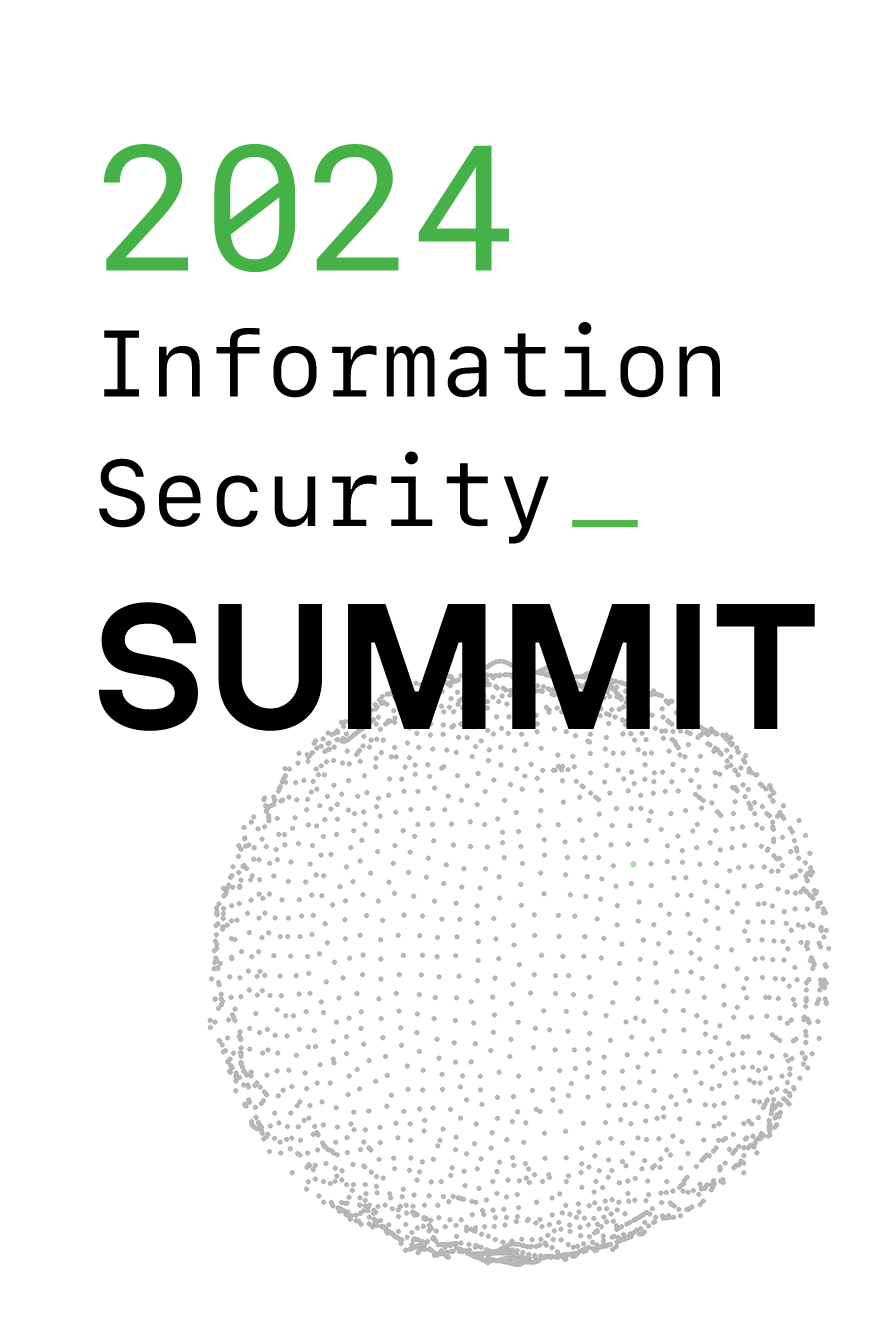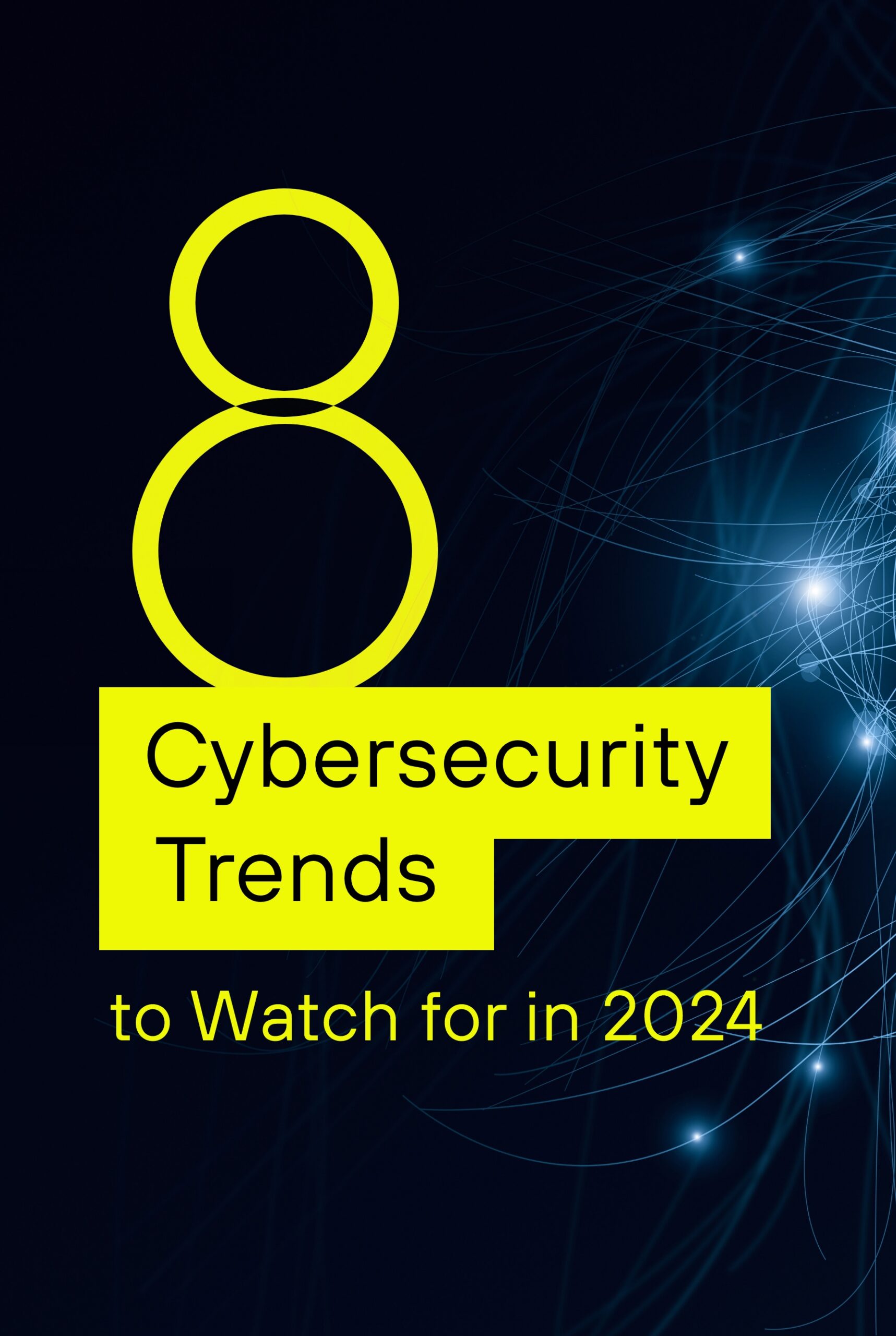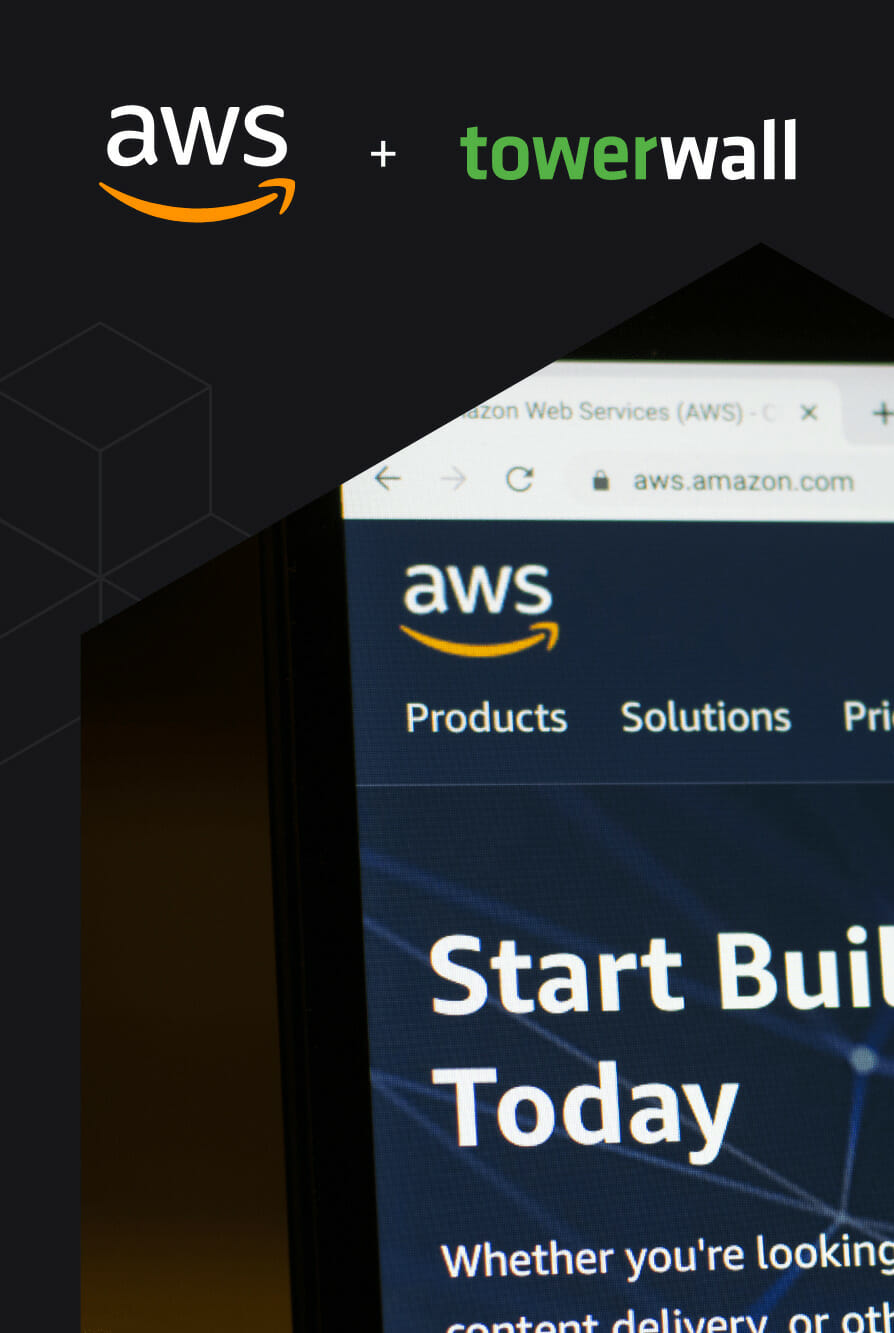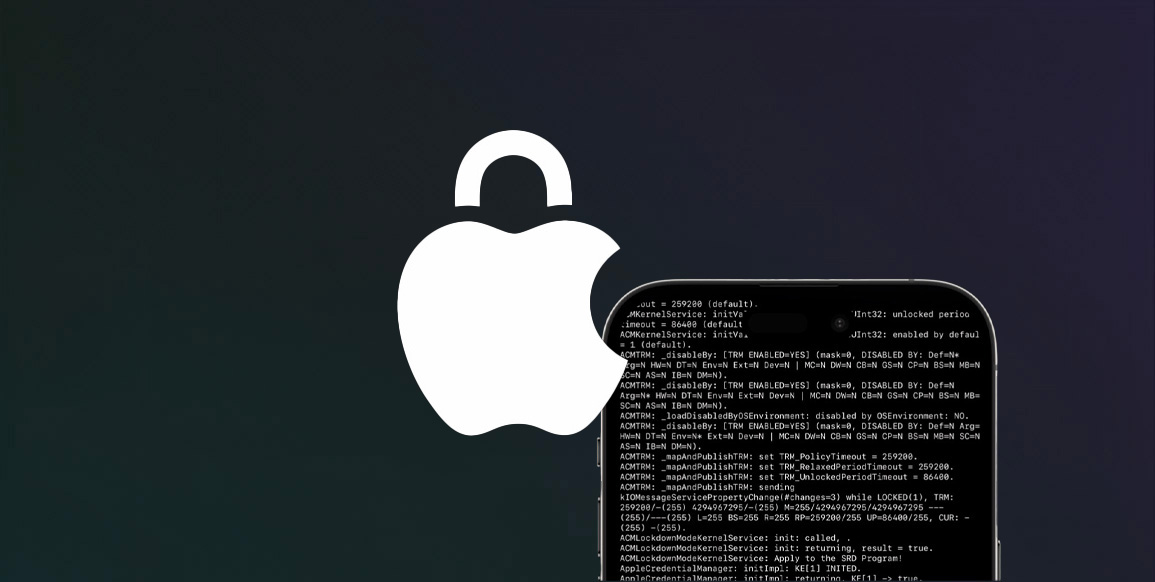Who We Are
Your 5th wall of security.™
Too often, companies fall victim to security breaches due to a lack of bandwidth & preparedness. At Towerwall, we “operationalize” cybersecurity to bridge the gap between plan, action, and a secure organization.
About TowerwallWhat We Do
We build cybersecurity ecosystems that safeguard your most critical assets.
Our proven & integrated approach brings together the three key security dimensions needed to protect your company’s critical assets: People, Process & Technology.
Learn More














